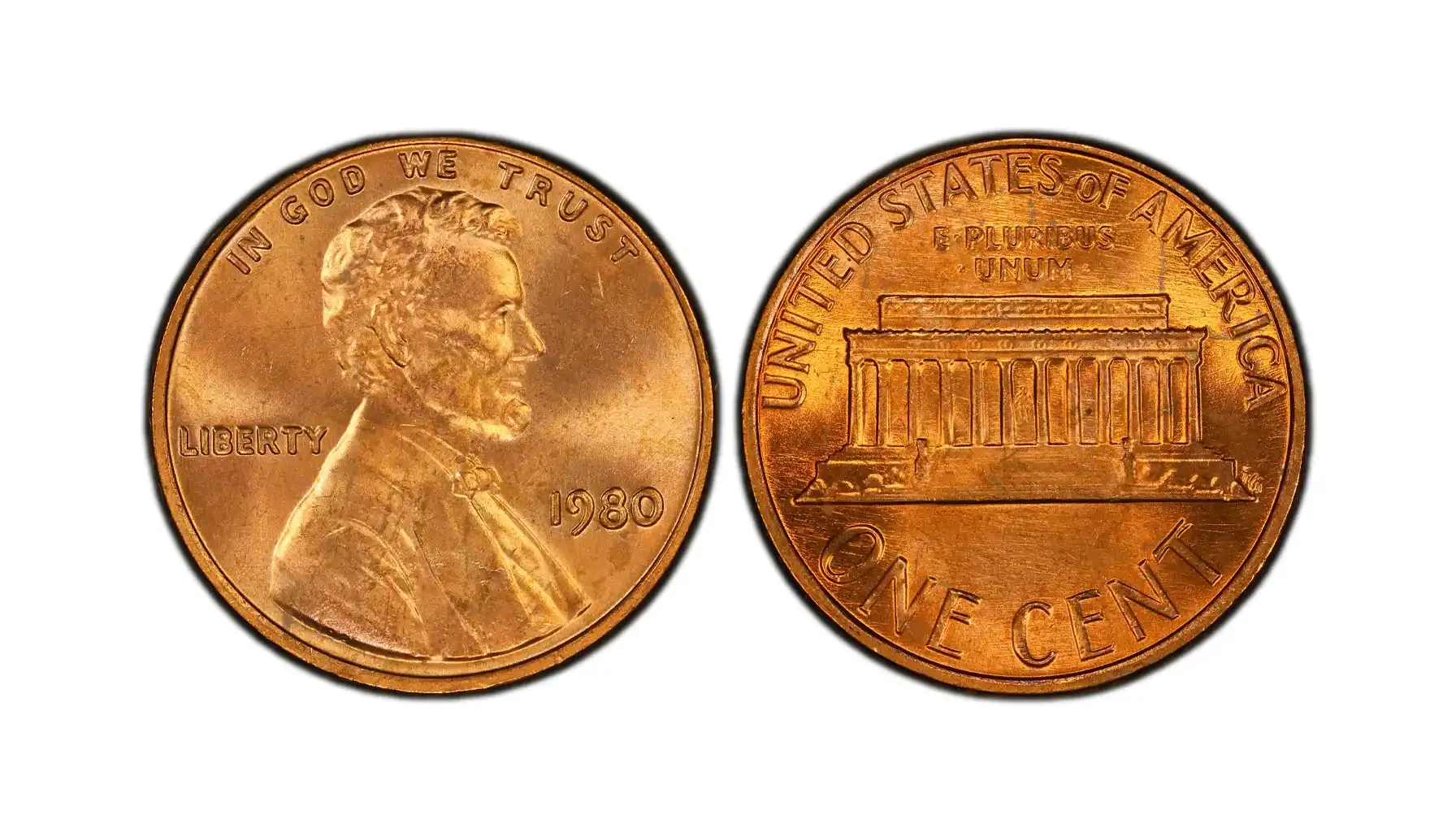Contents:
When one holds a U.S. coin, their attention may be drawn to the short but profound motto: “In God We Trust”. Today, it can be observed on most U.S. units of currency, but we take it for granted. Why do these coins display such powerful words? This sleek phrase with a long history is not just a coin decoration, but as a reflection of a nation's spirit, faith, politics, and ideology.
The appearance of this slogan is the result of a long historical journey, full of crises and social transformations. But what makes In God We Trust on coins so valuable, and what is the role of the motto today? Let us review outstanding numismatic creations and check coin value that may be affected by the historical relevance of this phrase.

How the Motto Emerged
When was In God We Trust added to coins? The phrase "In God We Trust" originally appeared on US coins during the Civil War. In 1861, at the time of national instability, the United States Treasury received numerous petitions seeking the addition of religious sentiments on American currency. This concept was partially inspired by the increased nationwide devotion to religion during the war, as well as a desire to remind the public of divine guidance and protection.
The motto was first featured on the Two-Cent Piece in 1864, designed by James B. Longacre, with the latter use on coins like Zachary Taylor One Dollar Coin. In 1956, Congress approved legislation establishing the phrase as the official motto of the United States.

First In God We Trust Coins
As we have stated above, the first coin with In God We Trust motto was the 1864 two-cent piece, issued at the peak of the Civil War, when the country needed moral support. In fact, it was not the most popular instance but the first to bear these powerful words.
Here are some characteristics of the 1864 two-cent piece:
Characteristics | Description |
Composition | Copper |
Weight | 6.22 grams |
Diameter | 23 mm |
Designer | James B. Longacre |
Obverse | A shield with vertical stripes, surrounded by branches, with the words “In God We Trust” at the top |
Reverse | A large “2” (denomination) surrounded by a wreath of wheat ears and the inscription “United States of America” |
This issue of the In God We Trust moneda was the first step toward introducing a religious motto on coins. Due to its symbolism and originality, this two-cent piece quickly gained recognition and popularity among the public. Soon, the motto was added to other denominations, too.
Promotion of the Motto: From Copper to Gold
After the success of the 1864 two-cent piece, the motto “In God We Trust” began to gradually appear on other denominations. In 1866, it was featured on the 25-cent pieces (In God We Trust Quarter), the $10 (Liberty Head Eagle), and $20 (Liberty Head Double Eagle) gold coins. But the motto was introduced on nickels (five-cent coins) only after 1938 with the release of a coin featuring Thomas Jefferson.
An interesting fact: Even after the Civil War, the use of the motto was not mandatory. Its presence on coins depended on the design and decision of the mint, as well as on ideas approved by the Ministry of Finance.
Over the next decades, the motto “In God We Trust” gradually expanded its presence on American coins. By the mid-20th century, the phrase was finally established as an integral part of American numismatics.
Valuable “In God We Trust” Coins: An Overview
1875 Liberty Gold Half Eagle
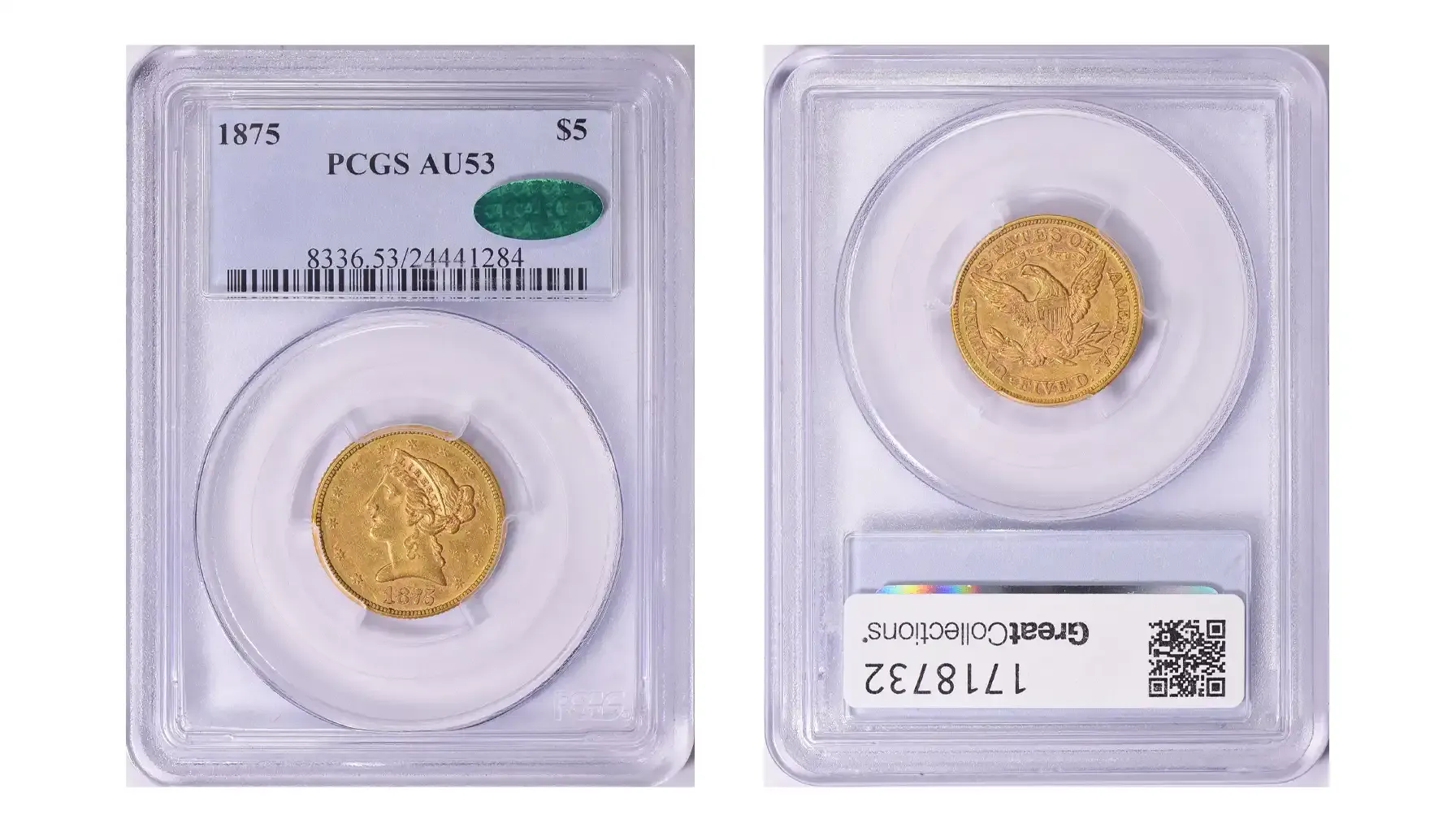
Auction Record: $152,500
Composition: 90% Gold, 10% Copper
Denomination: $5
Design Features: The obverse features Lady Liberty wearing a coronet inscribed with "LIBERTY", surrounded by 13 stars representing the original colonies. The reverse displays a heraldic eagle with a shield on its chest, clutching arrows and an olive branch, and the motto "In God We Trust" above the eagle’s head.
1909-S VDB Lincoln Cent
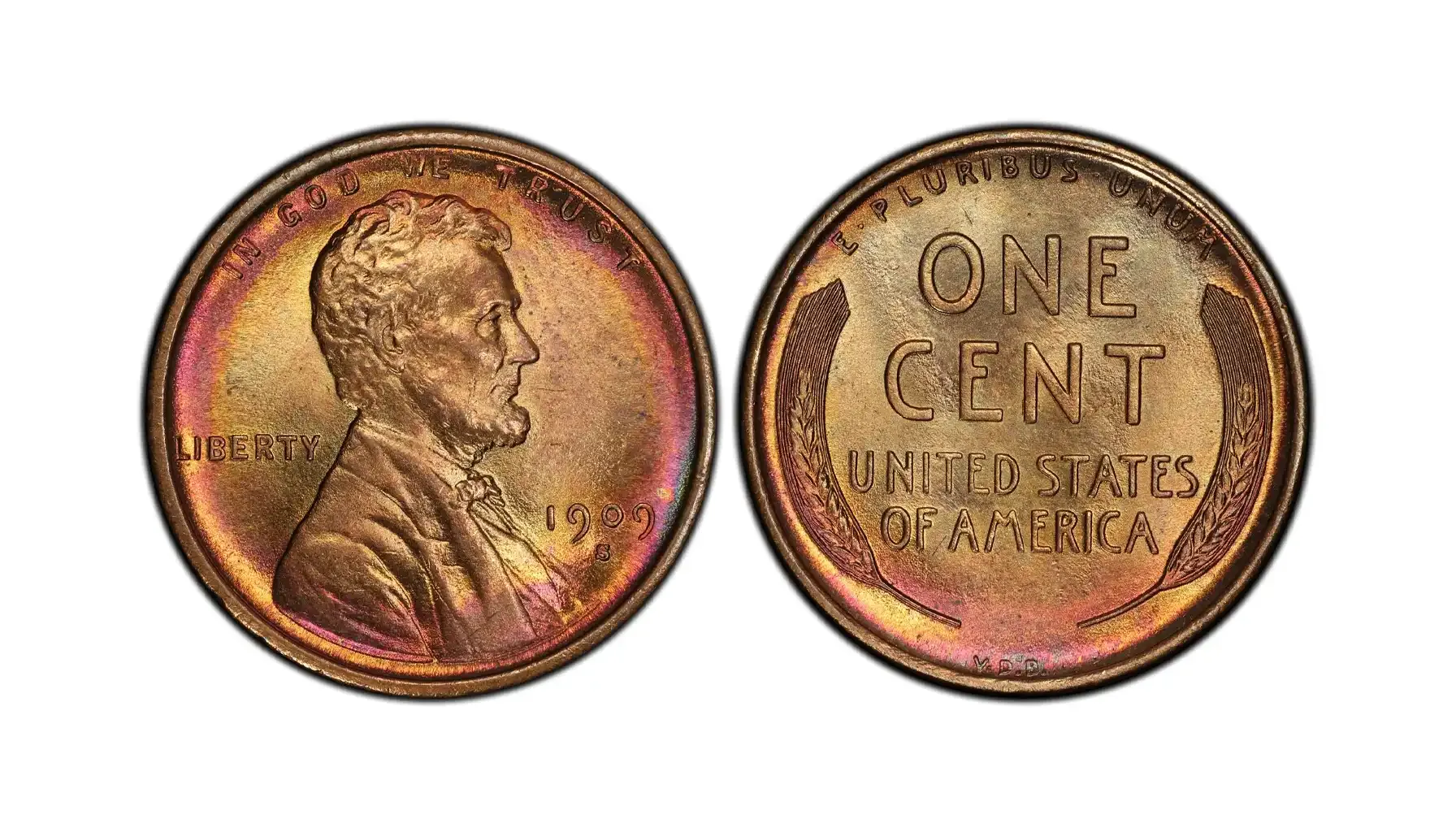
Auction Record: $10,000
Composition: 95% Copper, 5% Tin and Zinc
Denomination: 1 Cent
Design Features: The obverse showcases President Abraham Lincoln’s profile, introduced to mark his 100th birthday, with the motto "In God We Trust" appearing above Lincoln’s head. The reverse originally featured two wheat ears and the controversial "VDB" initials of designer Victor D. Brenner at the bottom, which were later removed.
1911-D Saint-Gaudens Gold Double Eagle
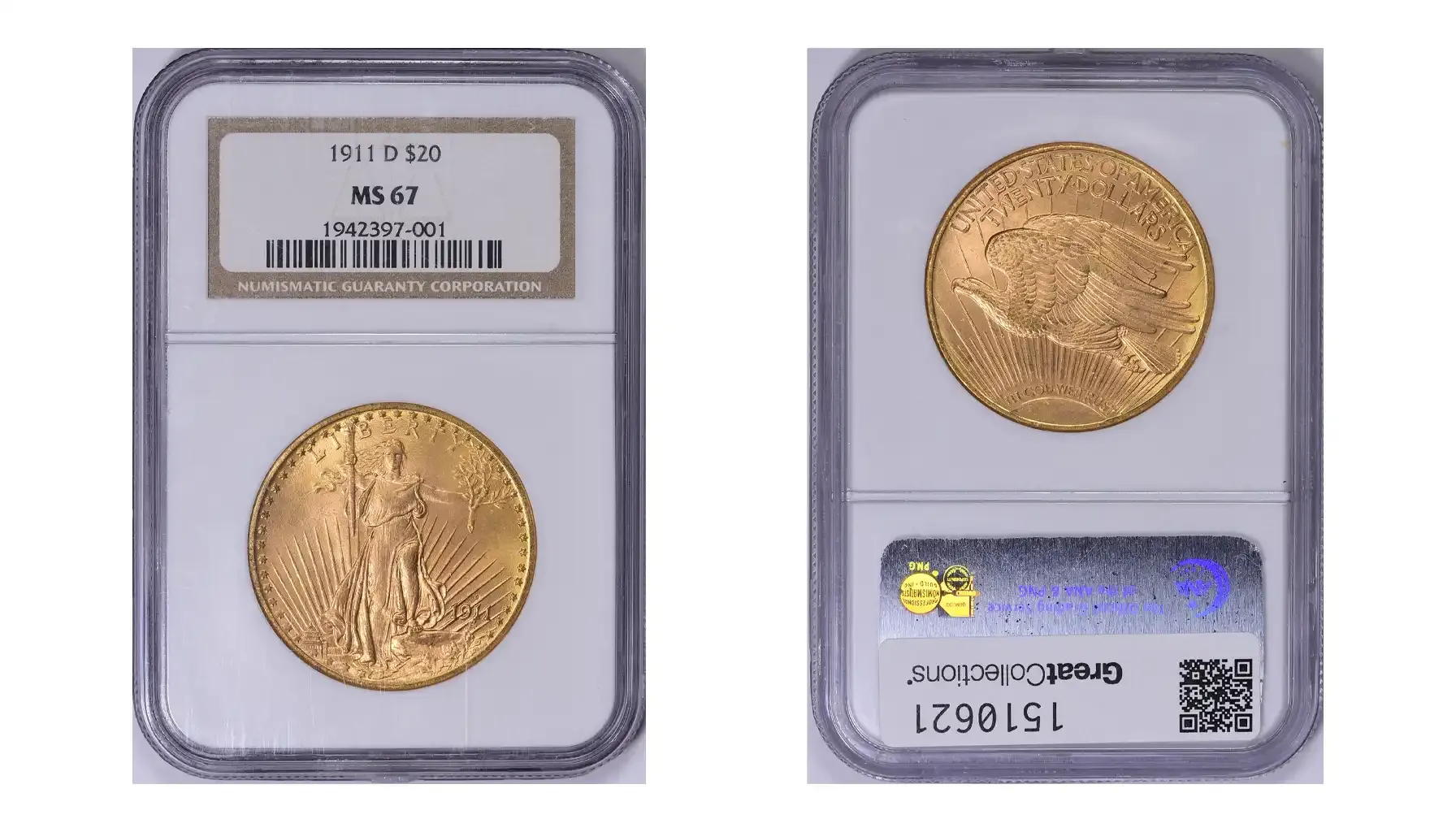
Auction Record: $40,000
Composition: 90% Gold, 10% Copper
Denomination: $20
Design Features: Widely regarded as one of the most beautiful American coins ever struck, the obverse shows Lady Liberty striding forward with a torch and olive branch. The reverse depicts a majestic flying eagle above the motto "In God We Trust".
1943 Copper Penny
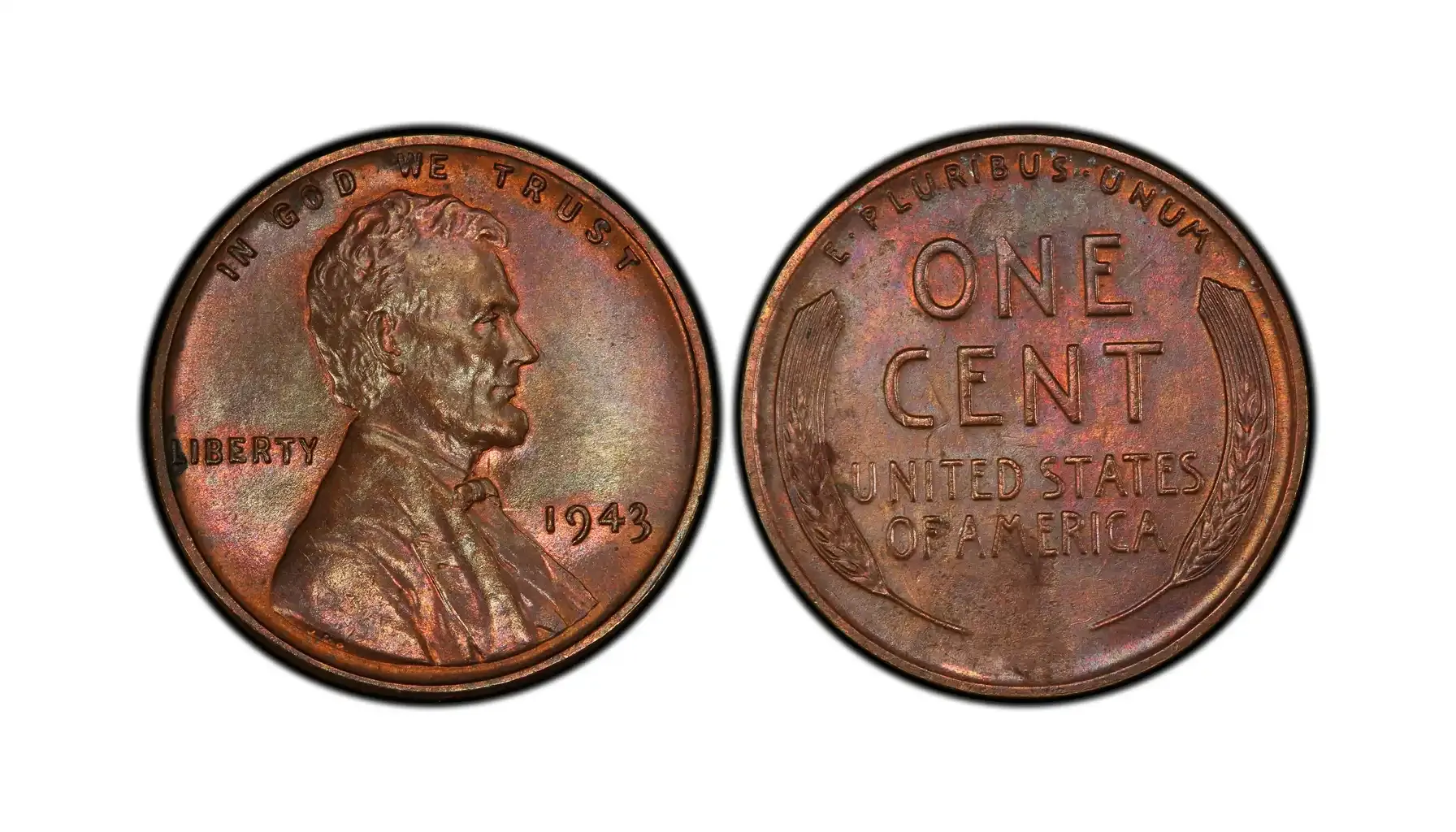
Auction Record: $372,000
Composition: Copper (error coin; most 1943 cents were made of zinc-coated steel)
Denomination: 1 Cent
Design Features: Intended to be struck in steel due to WWII metal shortages, a few 1943 Lincoln cents were accidentally minted on leftover copper planchets from 1942. The obverse shows Lincoln with the "In God We Trust" motto above, and the reverse bears two wheat ears.
1964 Kennedy Half Dollar
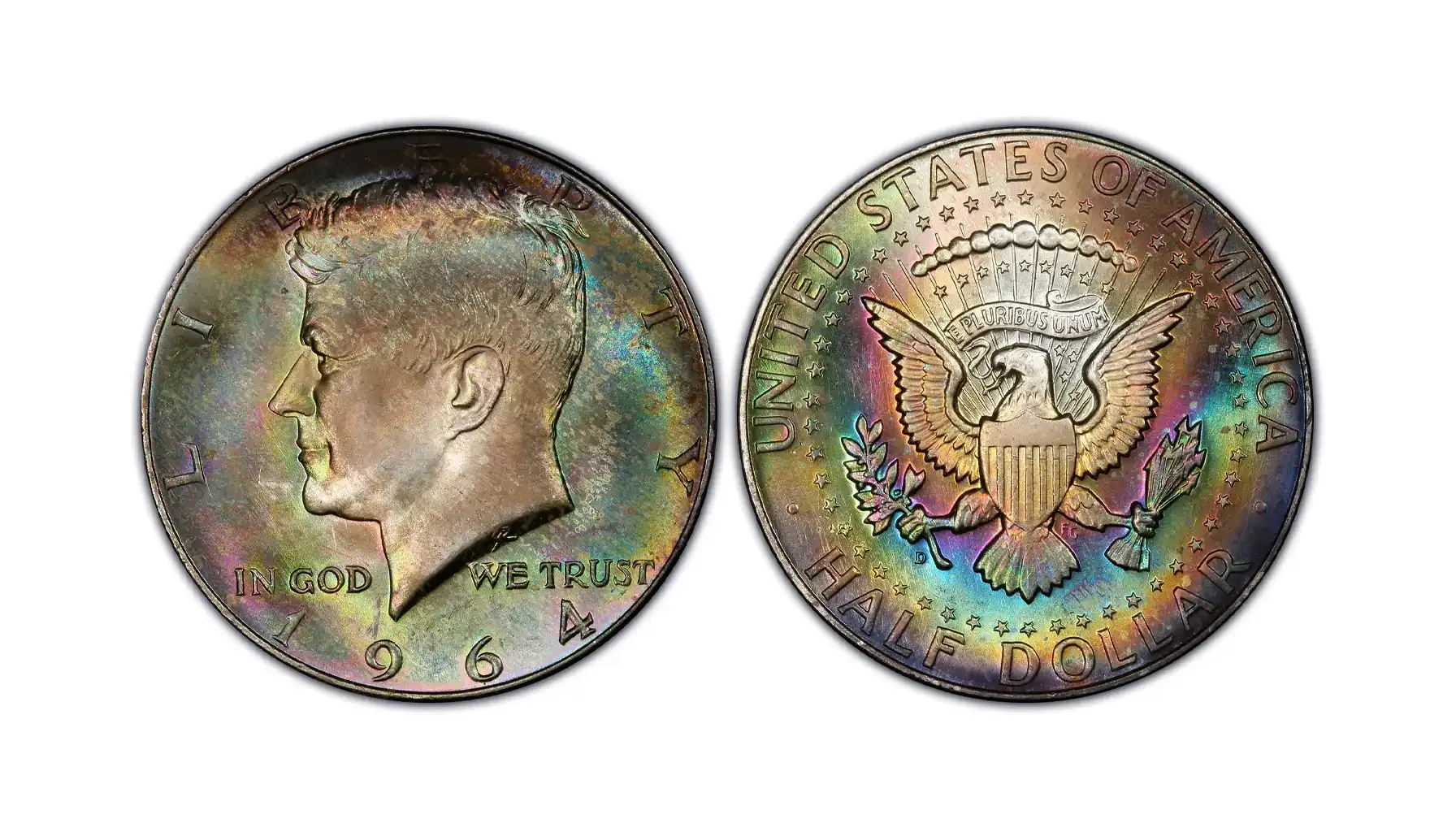
Auction Record: $22,325
Composition: 90% Silver, 10% Copper
Denomination: 50 Cents
Design Features: The obverse of this In God We Trust dollar features a profile of Kennedy facing left, with "In God We Trust" split around the portrait. The reverse shows the Presidential Seal, i.e., a heraldic eagle holding arrows and an olive branch with a shield, surrounded by 50 stars.
Without Divine Protection: “In God We Trust” Removed from Coins
Despite the general acceptance of the motto, there were coins in U.S. history that either temporarily omitted the inscription “In God We Trust” or did not include it in the design at all.
Coin | Reason for Lack of a Motto |
Double Eagle (1907) | Excluded from the design by Augustus St. Gaudens, who considered religious inscriptions inappropriate for the coin's artistic design. |
Buffalo Nickel (1913–1938) | Early versions of the coin did not have a motto, as its use was not required until the law was passed in 1938. |
Presidential dollar coins (2007–2016) | The motto “In God We Trust” was moved to the rim, which led to errors – some coins came out without the motto, which increased their collectible value. |
Susan B. Anthony Dollar (1979–1981) | A design error resulted in some copies being issued without a motto, which caused public discontent and led to their rapid removal. |

These exceptions have often become the subject of lively discussions, protests, and collector hunts, as they represent evidence of unusual decisions and errors by the U.S. Mint.
The Power of the Word and Symbol of Faith
“In God We Trust” is more than just a motto on a coin. These words highlight the history, faith, and national identity of the United States. This simple phrase survived through wars, controversy, and decades of change, but it is still placed on coins and bills as a silent witness to the nation's fight and hope.
Should you want to learn more about rare coins, their designs, and unique or common examples with or without the motto “In God We Trust”, do not hesitate to use numismatic software like Coin ID Scanner to identify coins by picture online. With the help of this app, you will be able to easily recognize rare issues, distinguish fakes from originals, and even estimate the value of coins that capture the spirit of American history.

